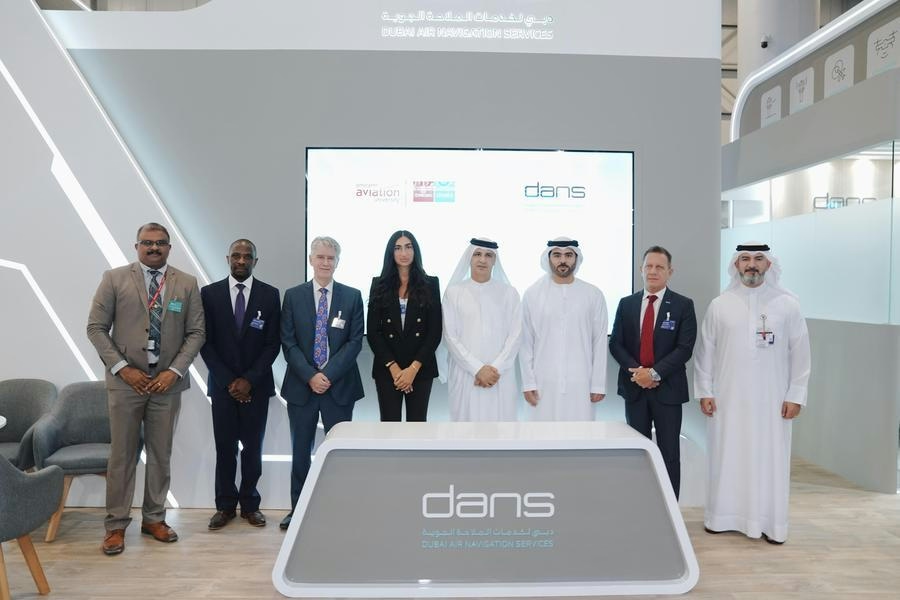
AeroGenie — 您的智能副驾驶。
热门趋势
Categories
The Path to Autonomous Flight
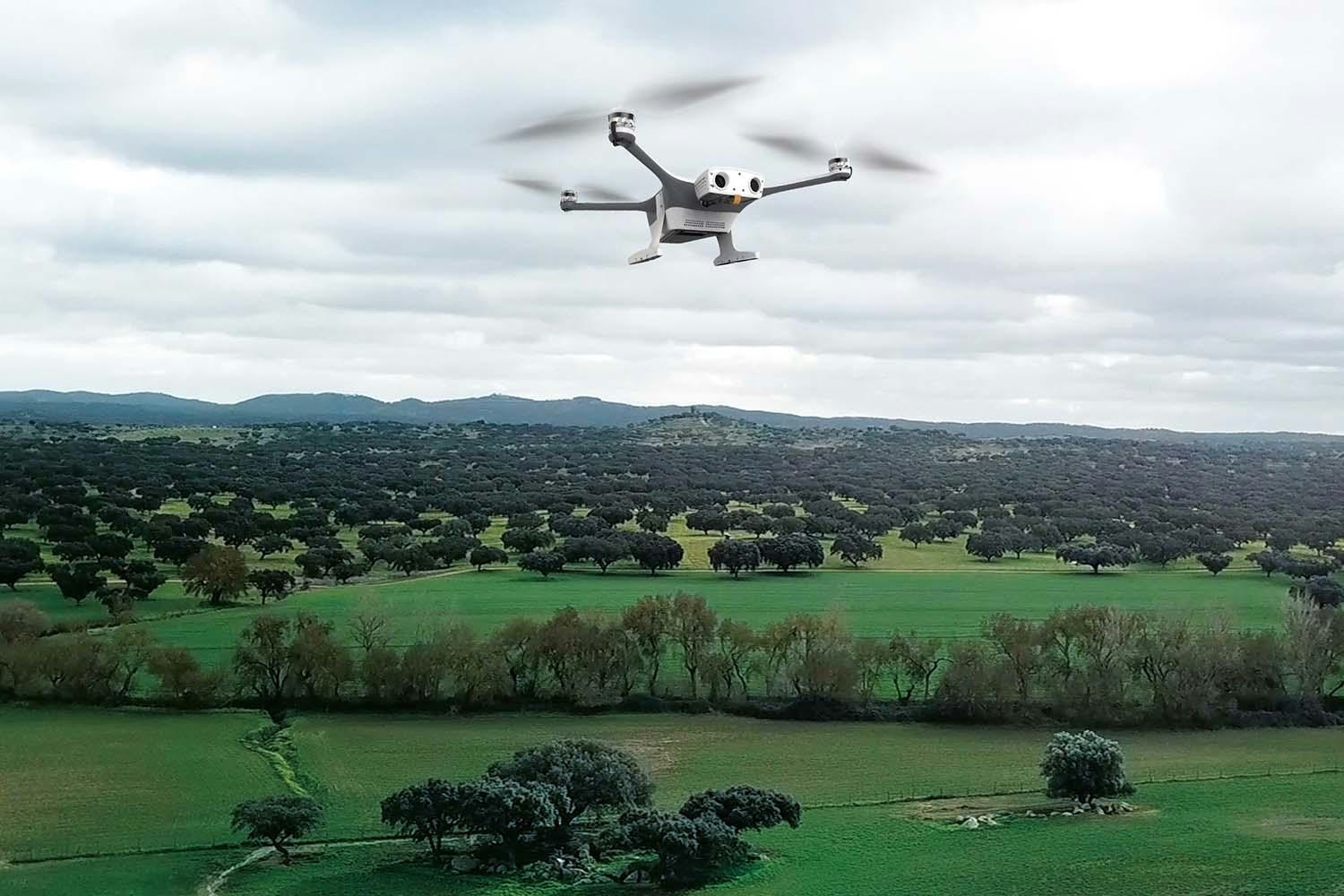
The Path to Autonomous Flight
The global aviation industry is experiencing a profound transformation, propelled by advancements in sustainability, electric propulsion, and enhanced maintenance technologies. The International Air Transport Association (IATA) projects that total airline industry revenues will reach $1.01 trillion in 2025, marking a historic milestone and representing a 4.4% increase from 2024. Passenger traffic is expected to rise to 5.2 billion this year, a 6.7% increase over the previous year, while air cargo volumes are forecast to grow by 5.8%, reaching 72.5 million tonnes.
Accelerating Development Amidst Industry Growth
This robust expansion has galvanized aerospace manufacturers and technology firms to intensify efforts in developing autonomous flight systems. Leading industry players such as Boeing, Airbus, Lockheed Martin, and Northrop Grumman, alongside innovative startups including Wisk, Joby, and Elroy Air, are investing heavily in this emerging sector. Countries with strong governmental support and advanced aerospace infrastructures—namely the United States, China, and several European Union nations—are at the forefront of these initiatives.
Despite notable progress, fully autonomous passenger aircraft remain several years from widespread commercial deployment. While autonomous military drones and specialized unmanned aerial vehicles (UAVs) have been operational for some time, the realization of fully autonomous passenger flights is still under development. Aviation historian and associate professor Dan Bubb of the University of Nevada, Las Vegas, observes that aviation technology continues to advance rapidly, particularly in automation. He notes that some industry forecasts anticipate autonomous aircraft dominating the skies by the 2040s, especially within military, cargo, and general aviation sectors.
Dr. Walter Stockwell, vice president of engineering at ANELLO Photonics, anticipates early adoption of autonomous aircraft in surveillance, specialized missions, and cargo transport. He suggests that hybrid models combining autonomous systems with human oversight could become prevalent in commercial aviation by the early 2030s.
Challenges and Opportunities in a Shifting Landscape
Recent global disruptions—including the Covid-19 pandemic, the ongoing conflict between Russia and Ukraine, and tensions in the Middle East—have exposed vulnerabilities in supply chains, resulting in shipping delays and product shortages. Autonomous cargo and logistics aircraft present a potential solution to these challenges, with large-scale operations possibly achievable within the next five to ten years, according to Sylvester Kaczmarek, chief technology officer at OrbiSky Systems.
Nevertheless, the path toward autonomous flight is fraught with challenges. Regulatory barriers remain significant despite recent advances such as the Federal Aviation Administration’s (FAA) certification of electric vertical takeoff and landing (eVTOL) aircraft and the enactment of supportive aviation legislation. Privacy concerns and the complexities of transaction management continue to pose obstacles, even as regulatory frameworks become more accommodating. The competitive environment is intensifying, with new entrants like Tesla joining the sector, while established companies such as Northrop Grumman and Merlin are collaborating to integrate cutting-edge autonomous technologies for defense applications.
Market responses to these developments are mixed. Some investors express apprehension regarding the rapid progress of Chinese autonomous systems relative to their U.S. counterparts, a concern highlighted by Merlin CEO Matt George. Tekedra Mawakana, co-CEO of Waymo, emphasizes the ongoing technological shifts and the necessity of navigating competition from both established corporations and emerging startups.
As the aviation industry advances, the integration of autonomous flight technologies is poised to reshape the sector, introducing new efficiencies and capabilities. This evolution, however, also raises critical questions surrounding regulation, competitive dynamics, and public acceptance.
CAAC Advances Integration of AI in Civil Aviation
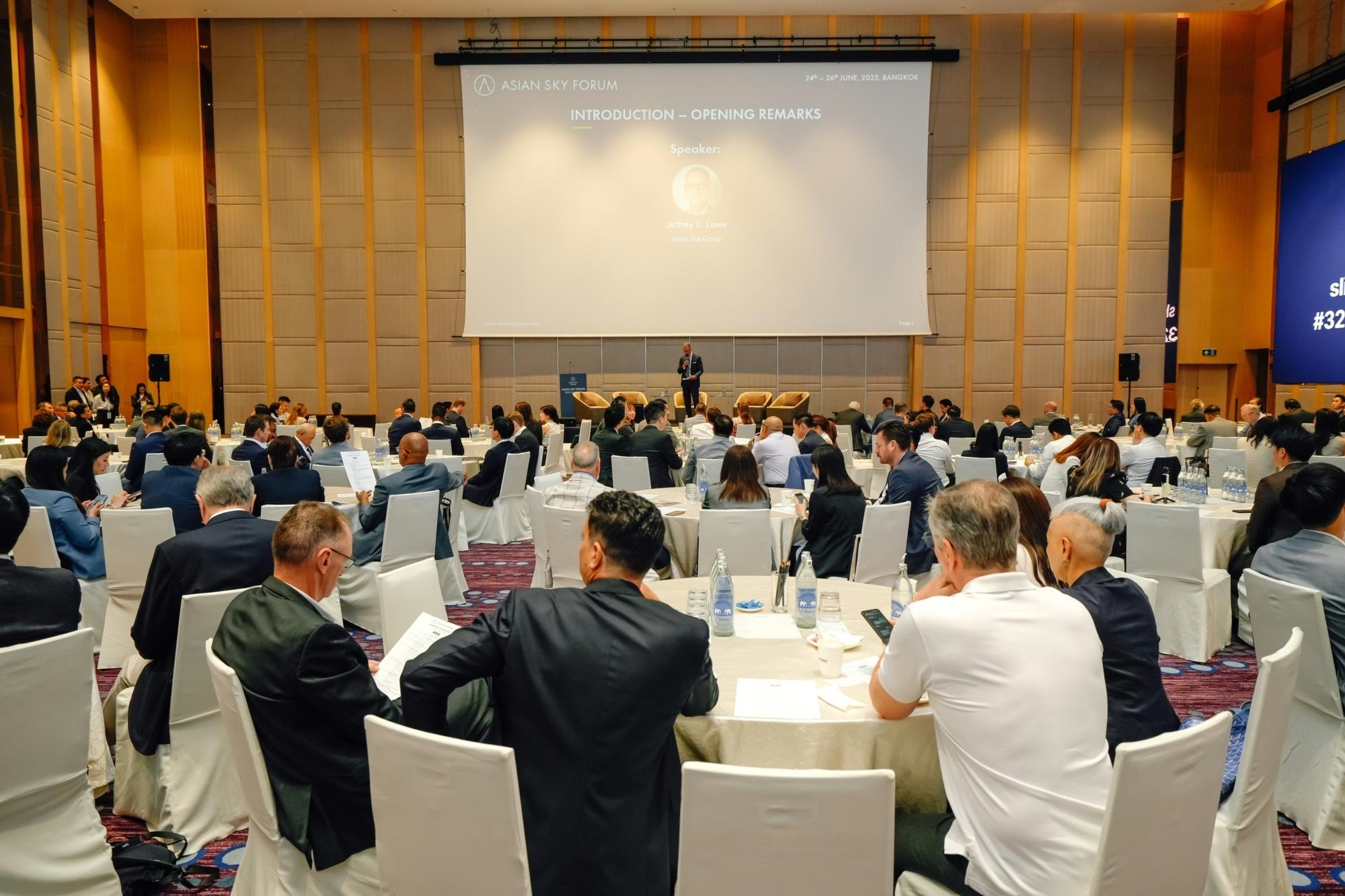
FACTS Summit 2025 in Sydney Highlights Innovation and Sustainability in Asia-Pacific Corporate Travel and Aviation
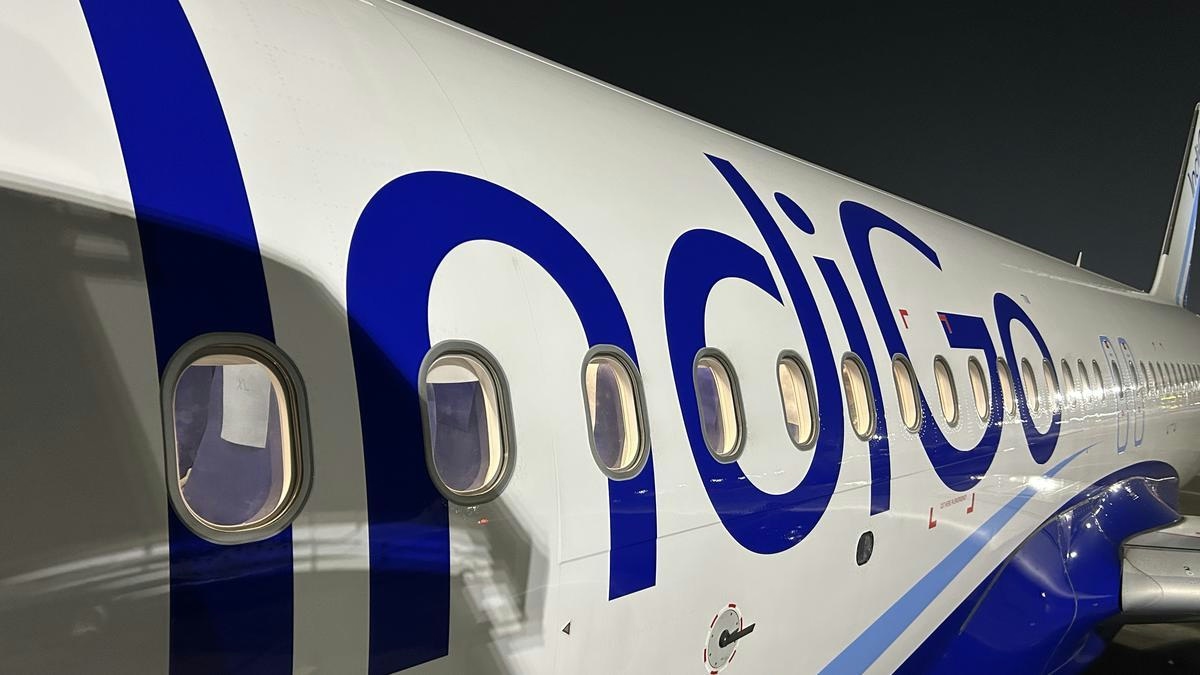
IndiGo to Deploy Wide-Body Aircraft on Vijayawada-Hyderabad Route, Says MP
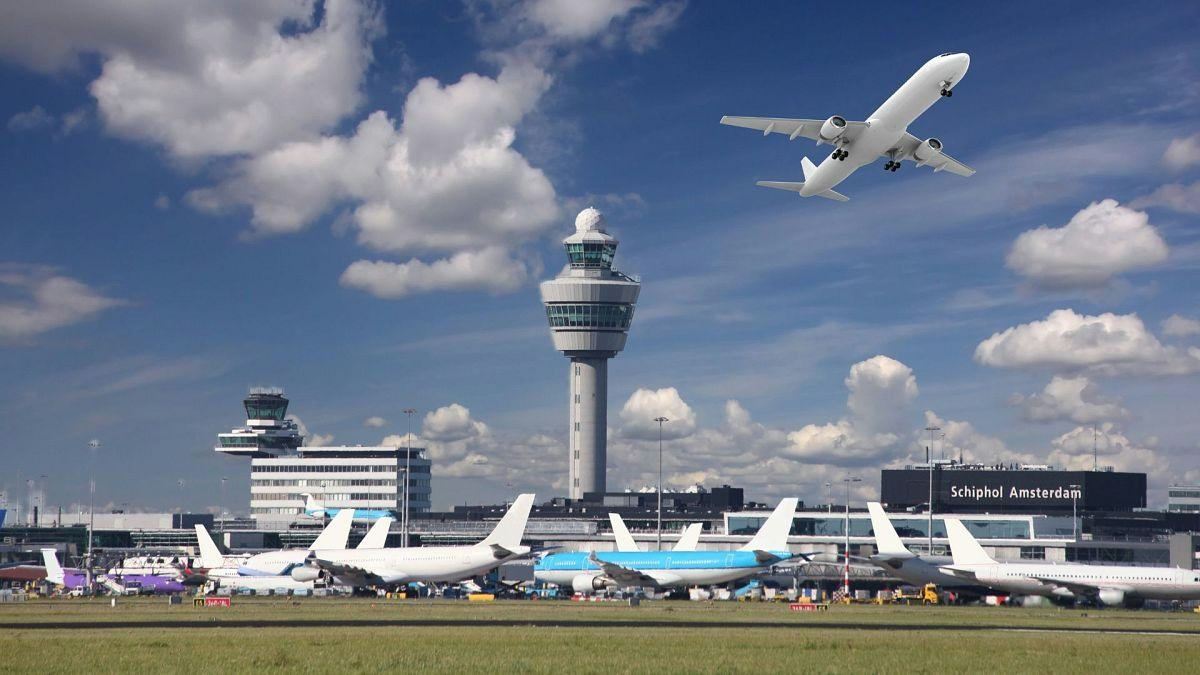
Europe Unveils New Aviation Strategy to Promote Cleaner, Faster Flights
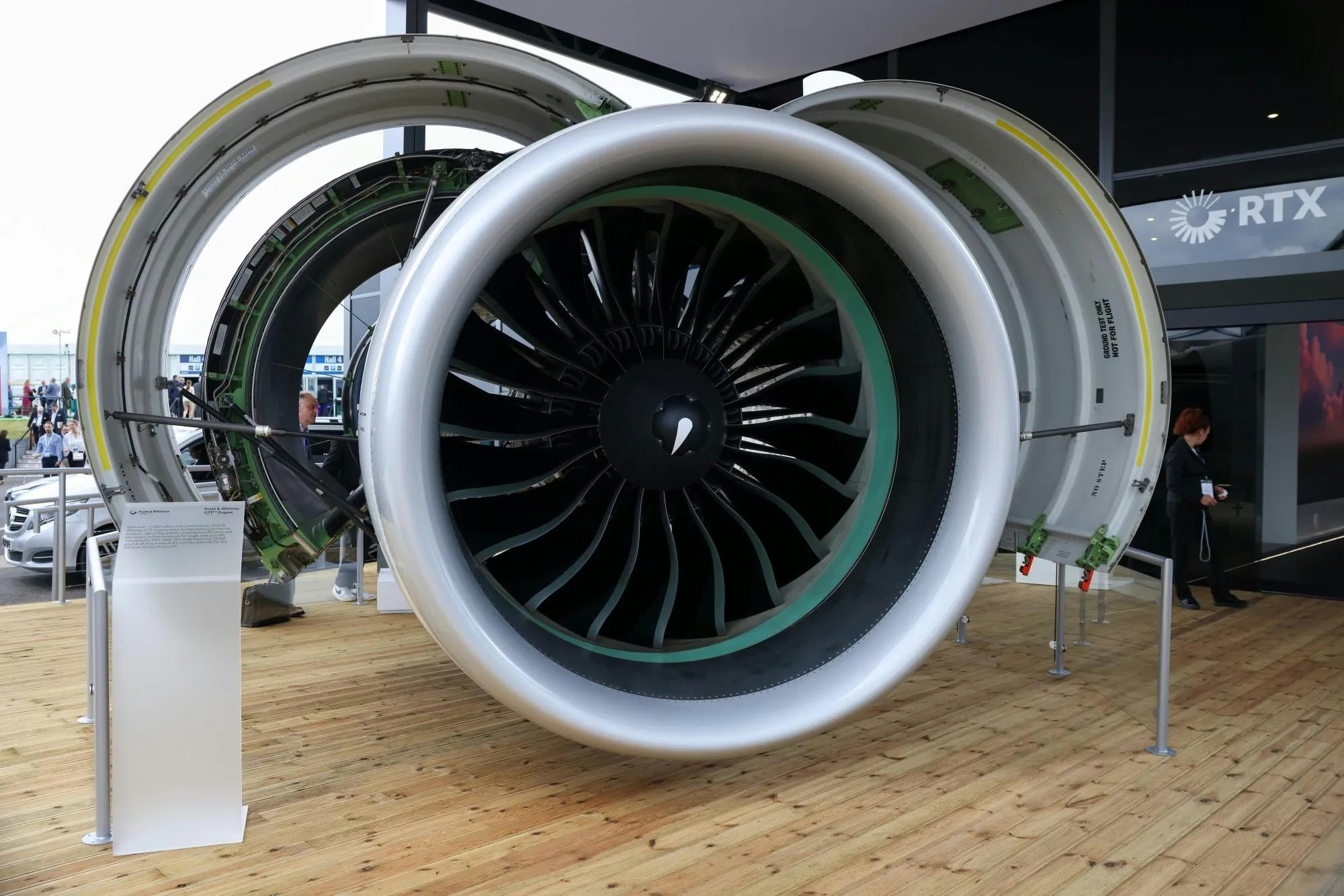
Spirit Signs Agreement with Pratt & Whitney Units on Aircraft Engines
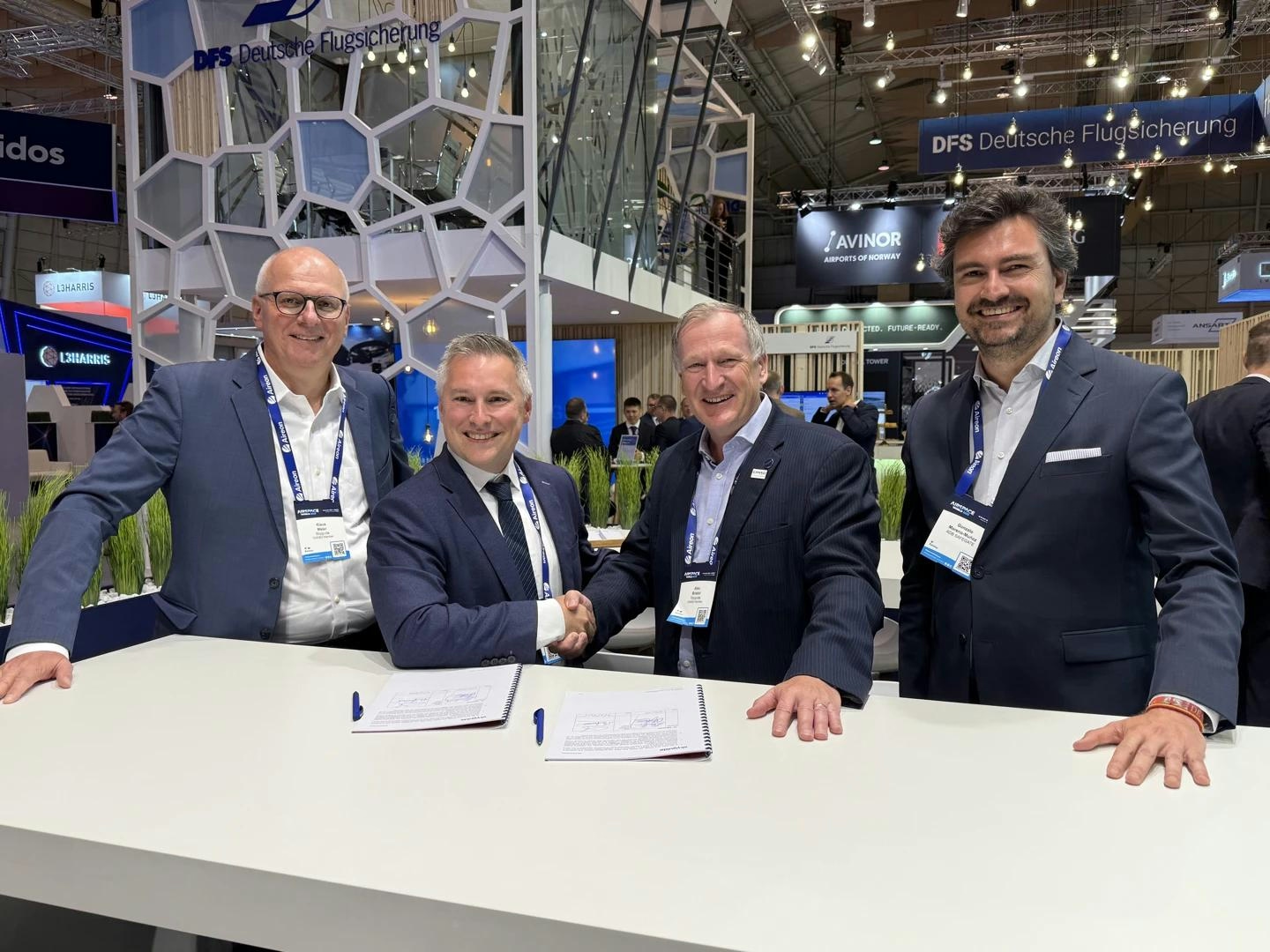
ADB SAFEGATE Receives Industry Awards for Marketing, R&D, and Social Impact

GA Telesis Secures Five-Year Landing Gear Overhaul Agreement with Major U.S. Carrier
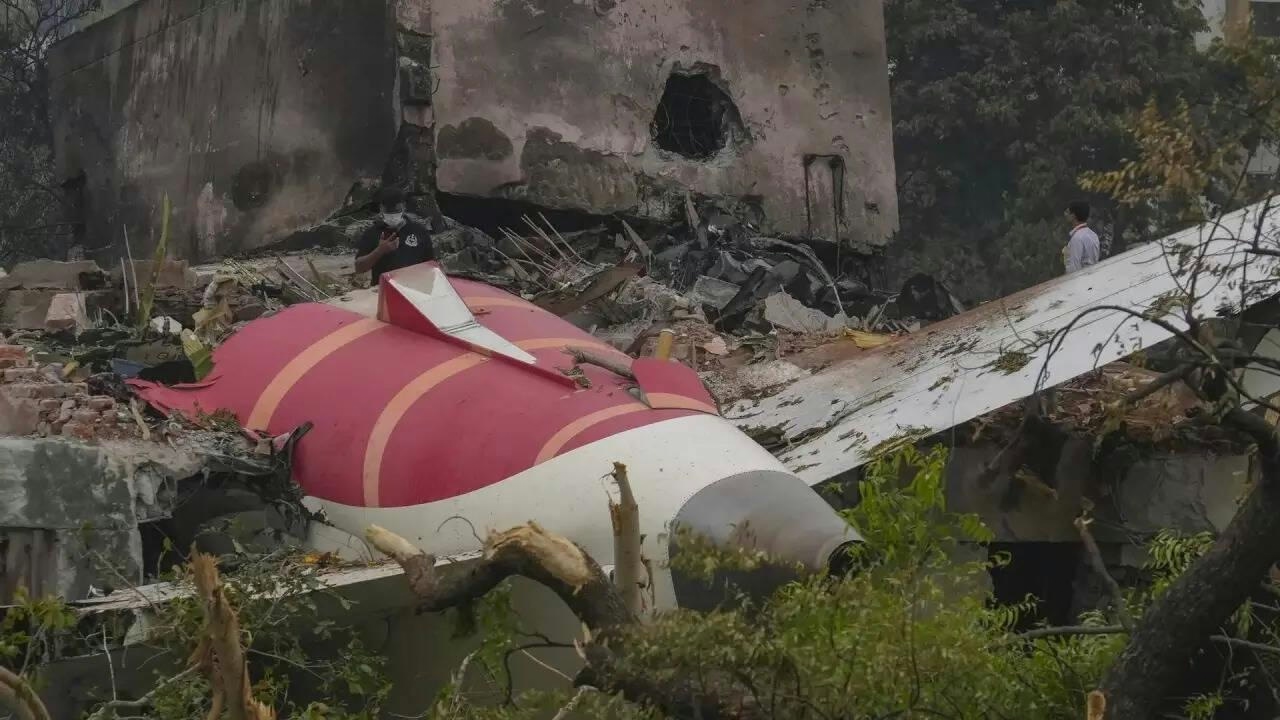
Government Strengthens Aviation Safety Framework Amid AI-171 Investigation
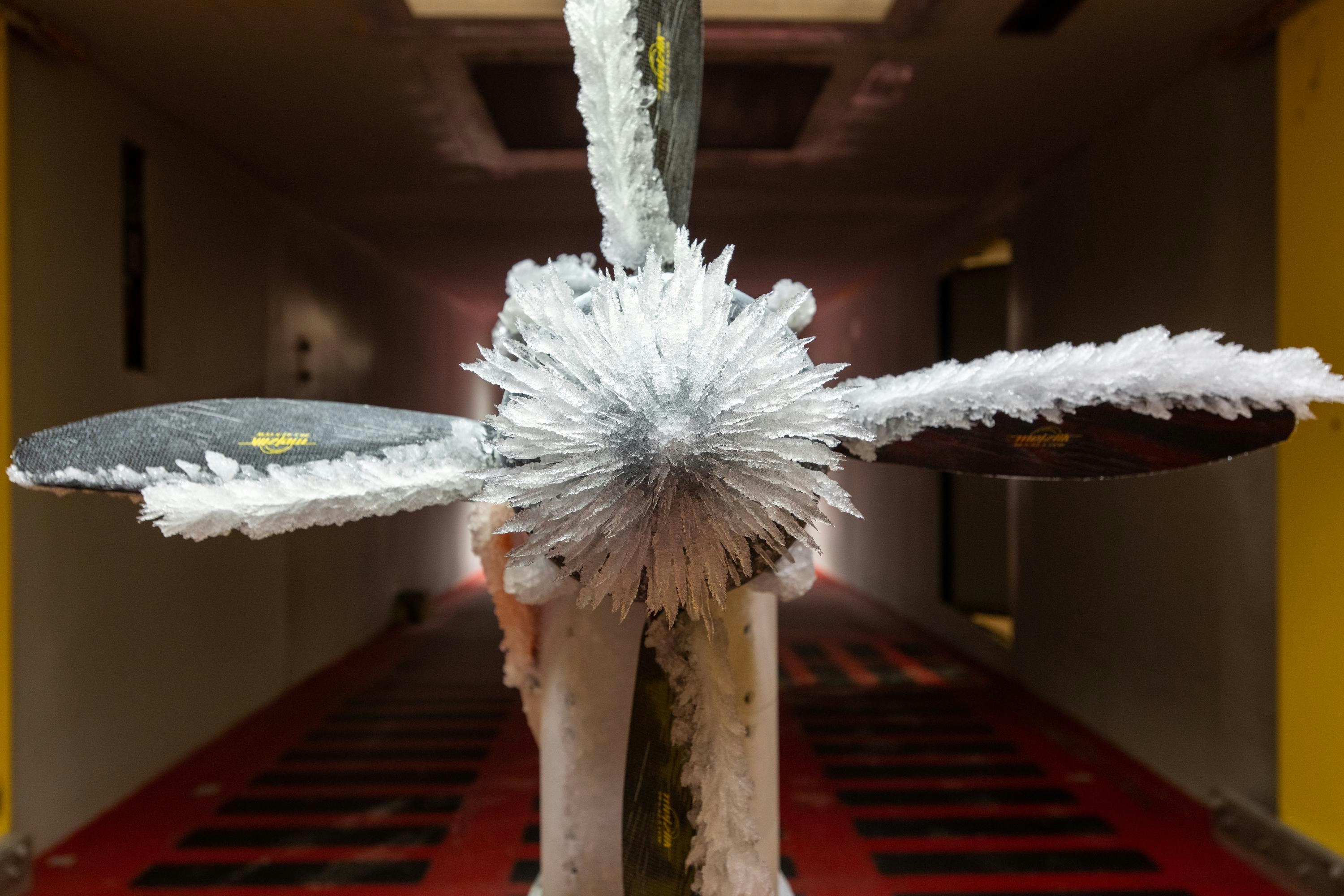
NASA Software Raises Bar for Aircraft Icing Research
